Episcia Black Phantom – Red Flower
Original price was: ₹599.00.₹149.00Current price is: ₹149.00.
4 in stock
Size: Single Plant | 2.5″ Pot Included
The Episcia Black Phantom is a beautiful houseplant, often called a Flame Violet, known for its striking, dark foliage and delicate flowers. It’s a member of the Gesneriaceae family, similar to African Violets, and thrives in warm, humid environments.
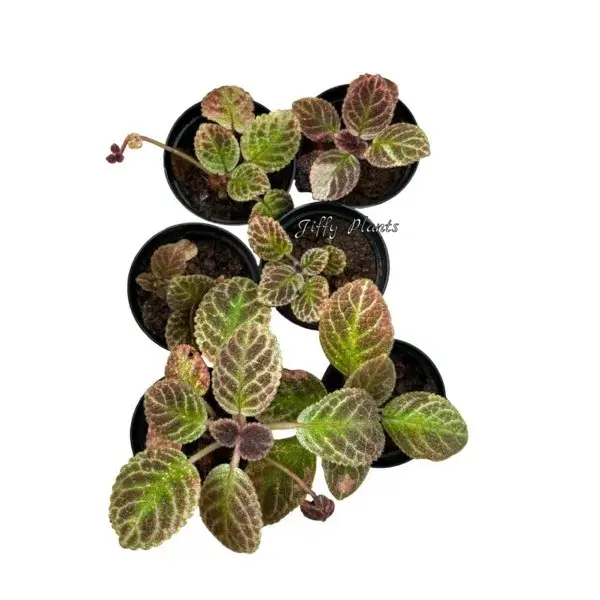
Here’s a comprehensive guide to Episcia Black Phantoms care:
1. Light:
- Bright, indirect light is key. This plant thrives with plenty of light but should be protected from direct sunlight, which can scorch its delicate leaves and cause the vibrant colors to fade.
- An east or north-facing window is often ideal.
- They can also do well under fluorescent or artificial light for at least 8 hours a day.
- Insufficient light can lead to fading leaf color and drooping leaves.
2. Watering:
- Keep the soil consistently moist but never soggy. Episcias do not like to dry out completely.
- Water once or twice a week, checking the soil moisture before watering.
- Use lukewarm or room-temperature water to avoid shocking the plant and prevent leaf spotting, especially if your tap water is hard. Distilled or rainwater is even better.
- Avoid getting water on the leaves, especially with cold water, as this can lead to spots and fungal issues. Bottom-watering is often recommended.
- In winter, when growth slows, allow the soil to become slightly drier between waterings.
- Overwatering can lead to root rot, characterized by wilting, yellowing leaves, and a mushy base. Underwatering can cause drooping leaves and brown tips.
3. Humidity:
- High humidity is crucial. Episcias are native to tropical forests and require humidity levels of 50% or higher, ideally 60-90%.
- To increase humidity:
- Place the pot on a tray filled with pebbles and water (ensure the pot isn’t sitting directly in the water).
- Use a humidifier near the plant.
- Avoid frequent misting, as it can encourage fungal issues and leaf spotting.
4. Temperature:
- Warm temperatures are essential. Maintain indoor temperatures between 18-24°C (65-75°F).
- Episcias are very sensitive to cold drafts and sudden temperature changes. Temperatures below 10°C (50°F) can cause damage and even be fatal. Brown leaf edges can indicate temperatures below 65°F.
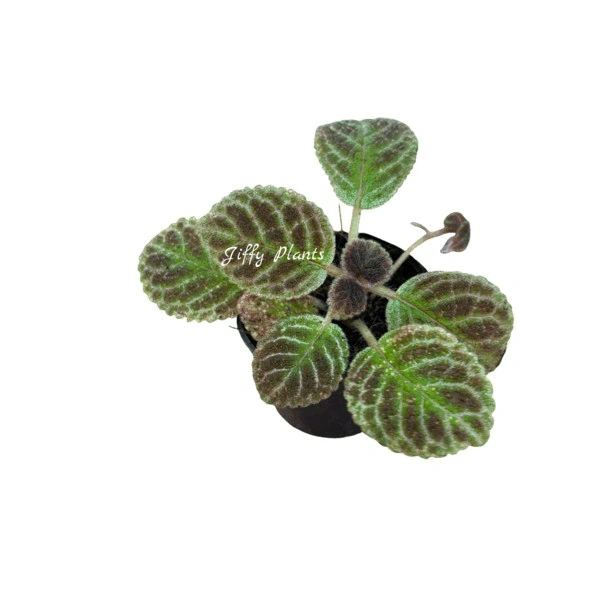
5. Soil:
- Use a well-draining, peat-based potting mix that is rich in organic matter.
- A good mix for African Violets often works well for Episcias.
- Ensure good drainage to prevent root rot.
6. Fertilizing:
- Feed with a half-strength, balanced liquid fertilizer formulated for houseplants (or African Violets) every 4-6 weeks during the growing season (spring and summer).
- Reduce or stop fertilizing in the winter when the plant’s growth slows.
7. Repotting:
- Episcias are fast growers and may need to be repotted every 6-12 months, or when their roots have extended outwards.
- Repot in the spring to refresh the soil and accommodate growth.
- Be gentle with the delicate roots during repotting. They tend to prefer being slightly root-bound.
8. Propagation:
- Episcias are very easy to propagate, primarily through their stolons (runners) or leaf cuttings.
- Stolons: These are long, trailing stems that produce new plantlets. You can pin a plantlet to moist soil in a new pot while it’s still attached to the mother plant, or cut it off and root it in water or moist potting mix.
- Leaf Cuttings: Select a healthy, mature leaf with a portion of the petiole (leaf stem). Plant the cut end in a well-draining, peat-based mix. Covering the pot with a clear plastic bag or dome helps maintain humidity. Roots and new growth typically appear in 4-6 weeks.
9. Common Problems:
- Brown leaf tips/edges: Often caused by low humidity, cold drafts, or direct sunlight.
- Yellow leaves: Usually a sign of overwatering or cold temperatures.
- Drooping leaves: Can indicate underwatering, insufficient light, or root rot.
- Fading leaf color: Too much light.
- Lack of blooms: May be due to insufficient light or if the plant is expending energy on producing too many runners. Pruning back runners can encourage flowering.
- Pests: Episcias can occasionally be affected by spider mites. Treat with insecticidal soap or neem oil if spotted.
- Root rot: Caused by overwatering and poor drainage. Ensure well-draining soil and proper watering.
- Fungal diseases (e.g., botrytis, powdery mildew): Can occur in conditions with high humidity and poor air circulation. Provide good airflow and avoid misting the leaves.
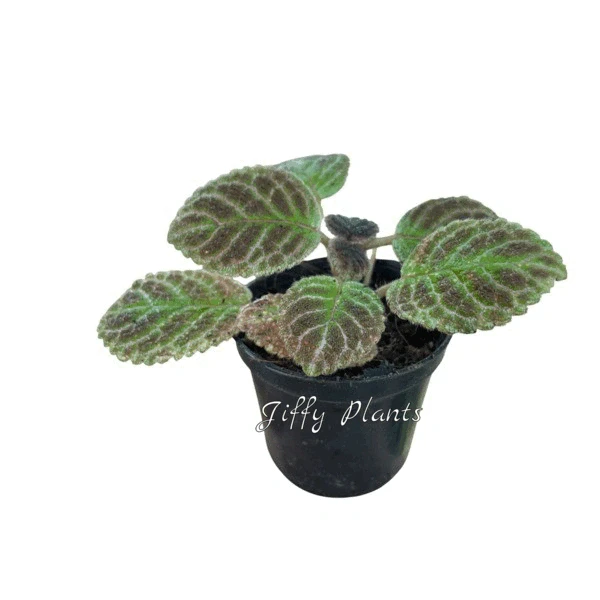
By providing these specific conditions, your Episcia Black Phantom should thrive and display its stunning dark foliage and colorful blooms.
Only logged in customers who have purchased this product may leave a review.



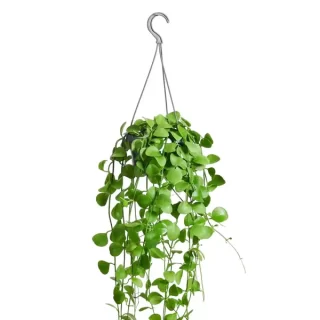

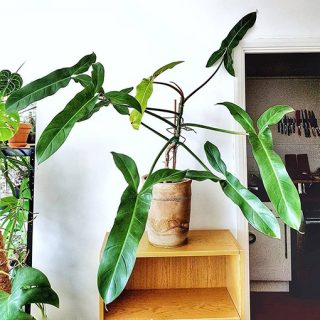
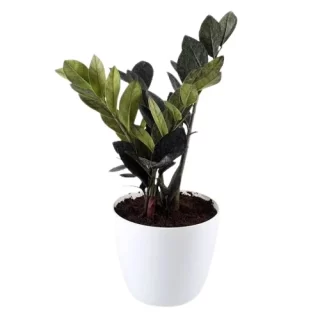
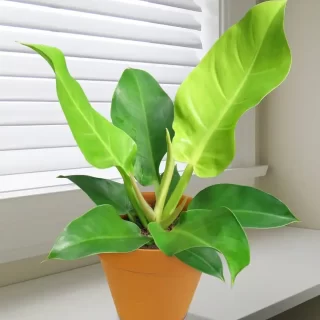
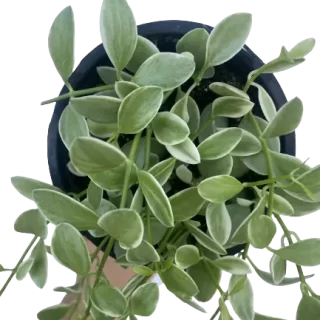
 If you need any assistance, I'm always here. Have you found what you were looking for?
If you need any assistance, I'm always here. Have you found what you were looking for?
Reviews
There are no reviews yet.